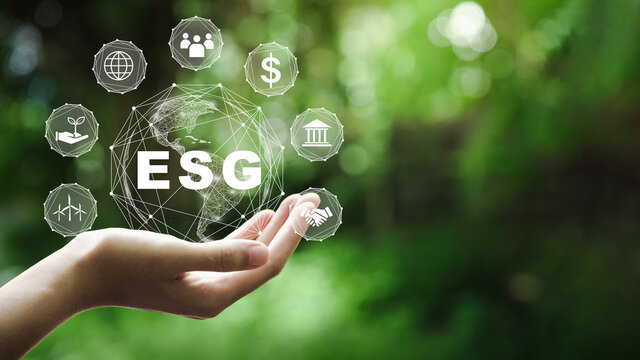It’s set to be a complicated year for ESG with reporting requirements evolving at a rapid pace (it’s almost impossible to keep up!). In fact, ESG regulation has increased by 155% over the past decade, according to research from data management firm ESG Book.
The primary purpose of reporting is to ensure businesses are compliant and demonstrating sustainable operations and outcomes. However, there are opportunities for communications and policy teams to work together and maximise efforts. Focusing on creating value to influence reputation and ultimately sales pipeline.
It will be no surprise that good communication strategies can be a linchpin for ESG engagement. This is supported by the fact that ESG is the area in which most communications investment is expected this year, according to the new World PR Report from the International Communications Consultancy Organisation (ICCO).
What should communicators do? How can teams prepare for a complicated year in ESG? This article discusses the role of communications to maximise opportunities when it comes to ESG reporting.
1. Mobilise communications teams as early as possible
It’s no longer the role of legal, policy and sustainability experts alone – both internal and external communications teams must be involved from the outset.
ESG reporting may be essential from a compliance perspective, and it’s vital you engage with the right professional audit company to support this. However, what happens next? The ability to help others engage your ESG story is just as important.
There will continue to be increased pressures and scrutiny from investors, customers and society for businesses to demonstrate their sustainability credentials in a coherent and engaging format that avoids greenwashing. As communications professionals, it has always been our role to wear a “media hat” and do our best journalist impersonations to ask the difficult questions, but now it’s more important than ever. We must play the role of the most cynical reporter, consumer or investor and if we don’t buy into it, how can we expect anyone else to?
2. Start by unravelling the messaging mess of ESG
Part of the challenge when it comes to existing ESG backlash is that no one knows exactly what it means or how to define it. If you did a quick poll among colleagues to ask ‘what is ESG?’ or ‘what is ESG reporting?’, it’s highly likely you’ll receive 10 different answers. If ESG was a brand, no one would know what it was selling or exactly why they needed it. This is a reputation problem. Therefore, as a social impact consultancy focused on nurturing reputations, it’s our role at Milk & Honey to help define exactly what it means to be a purpose-driven business.
The first step for businesses planning their ESG communications strategy is to define exactly what this means for their audience to ensure everyone is utilising the same set of key messages. It is often surprising how there’s such a broad variation in their answers or ESG elevator pitch – that single, short, high-level sentence which explains exactly what they’re doing when it comes to ESG.
3. Walk the talk to tell an engaging story
According to the 2023 Edelman Trust Barometer, an online survey of more than 32,000 respondents globally, 82% expect CEOs to take a public stance on climate change. Yet, despite this desire for presenteeism, trust remains an issue – more than half of Edelman’s survey respondents do not trust CEOs. The story you tell matters. A successful PR campaign must be backed by action, and proof points that show the impact your organisation is making when it comes to ESG.
Milk & Honey couldn’t be better positioned to do this – an agency shaped by its value and focused on purpose. As the highest scoring B Corp communications agency in the world, what we do isn’t just words on a page – data-driven campaigns to demonstrate action are vital. And it’s our mission to help our clients do the same.
We work with clients globally to ensure the reports they put together go beyond words on a page. To be compelling and showcase who you are as a brand, your ESG reporting must be embedded into your wider ESG story.
ESG will continue to intensify
There is no doubt that ESG will continue to intensify. New regulations globally and fast paced change, particularly in the face of an unstable political landscape and elections. EU law requires all large companies and all listed companies (except listed micro-enterprises) to disclose information on what they see as the risks and opportunities arising from social and environmental issues, and on the impact of their activities on people and the environment.
Strategic communication plays a crucial role in an organisation’s sustainability and impact strategy. A well developed ESG report can be used as a tool to ensure that what is reported is factual and authentic, not filled with jargon and seen as ”greenwashing”. It also enables companies to reach and engage with new audiences who value sustainability and social impact.
By finding the right communications partner, businesses can start building the right story – backed by action – to position themselves as an important and relevant ESG player. And at the same time, making sure this story is heard, and reaches the people that matter – whether this is through earned media, paid, owned or digital awareness campaigns. We’re committed to a better working world when it comes to our own operations, and driven to support other businesses to do the same.
Contact the Milk & Honey imPACT consultancy to ensure you are bringing your sustainability story to life with both credibility and action.








